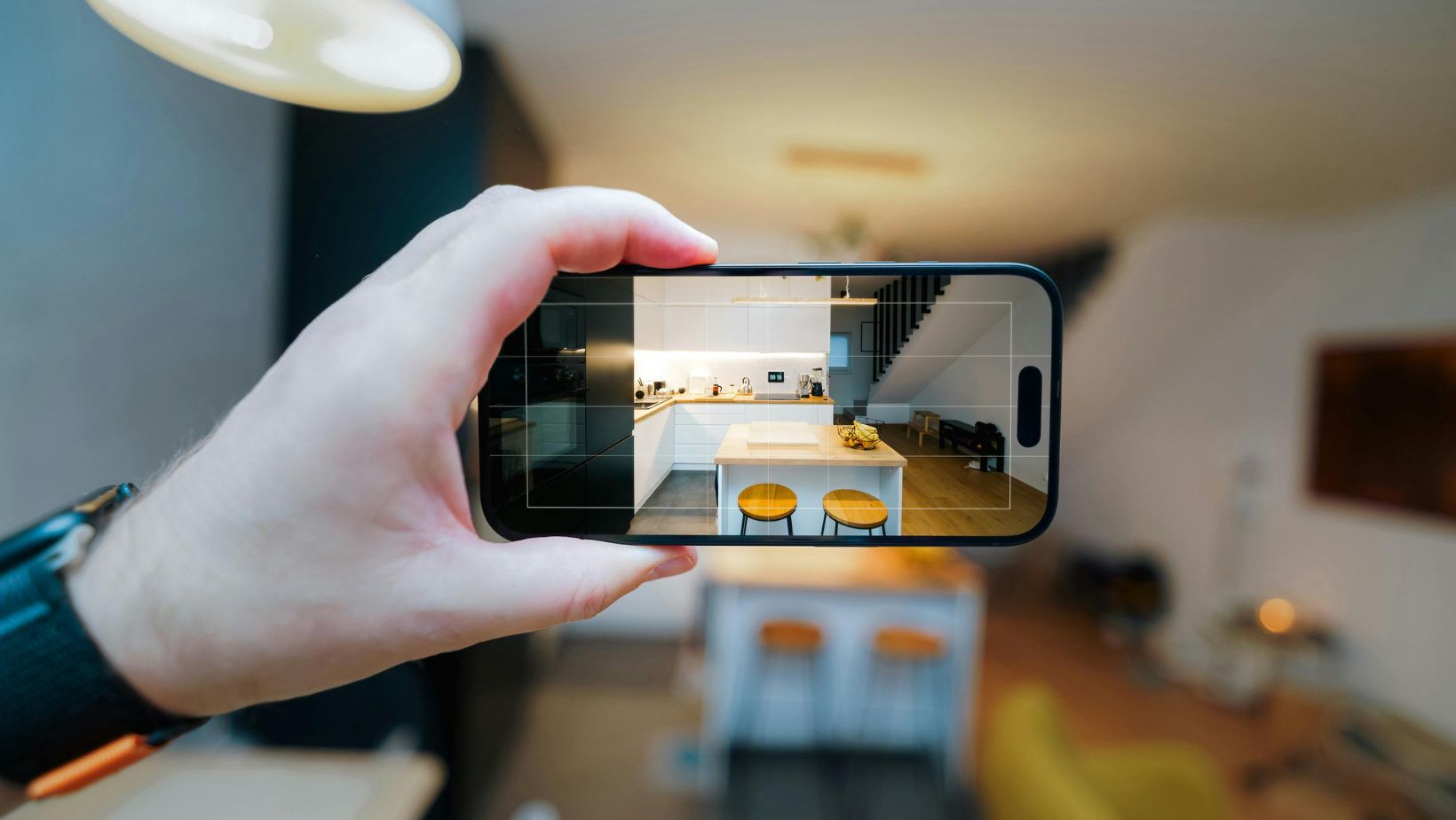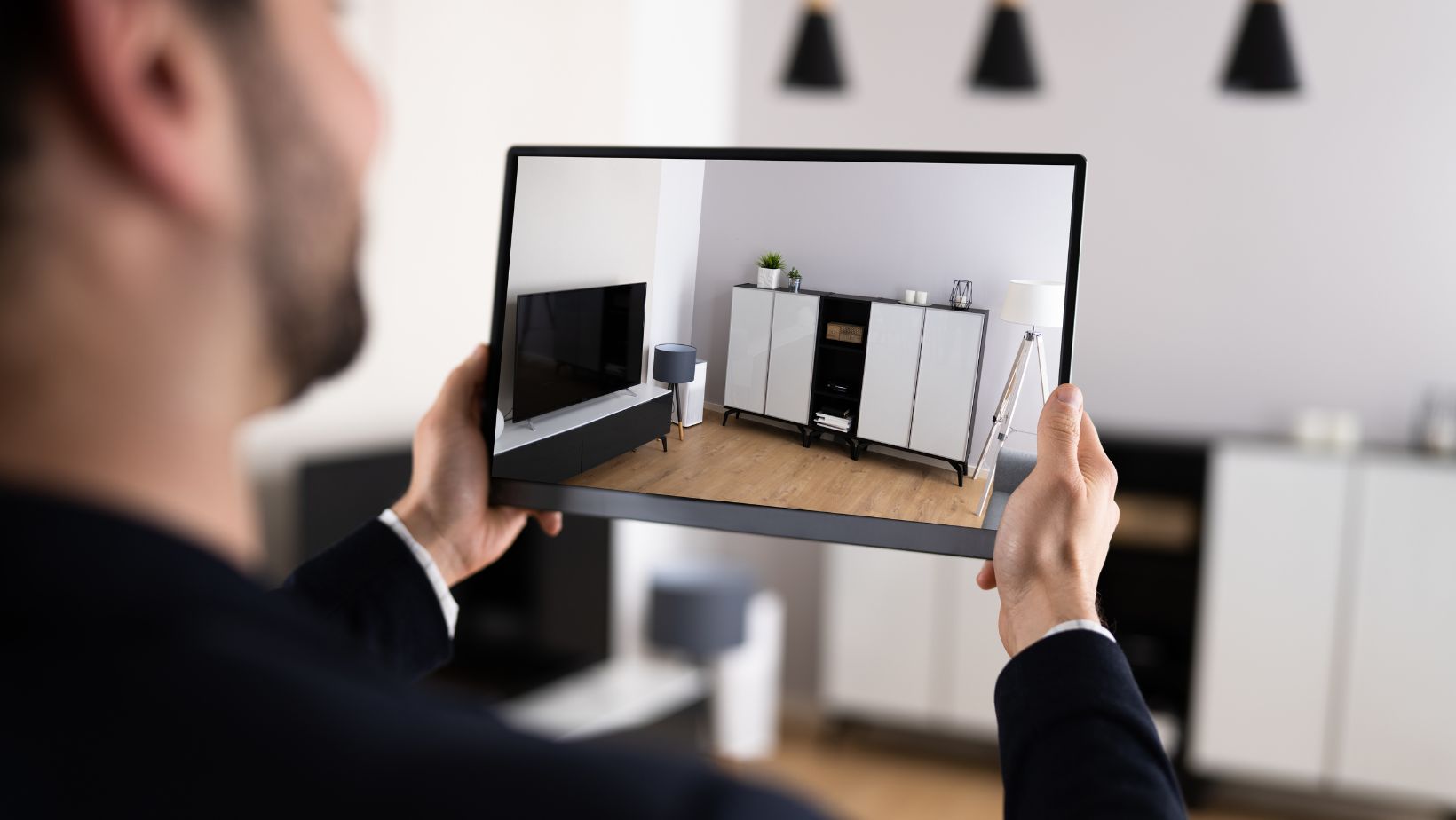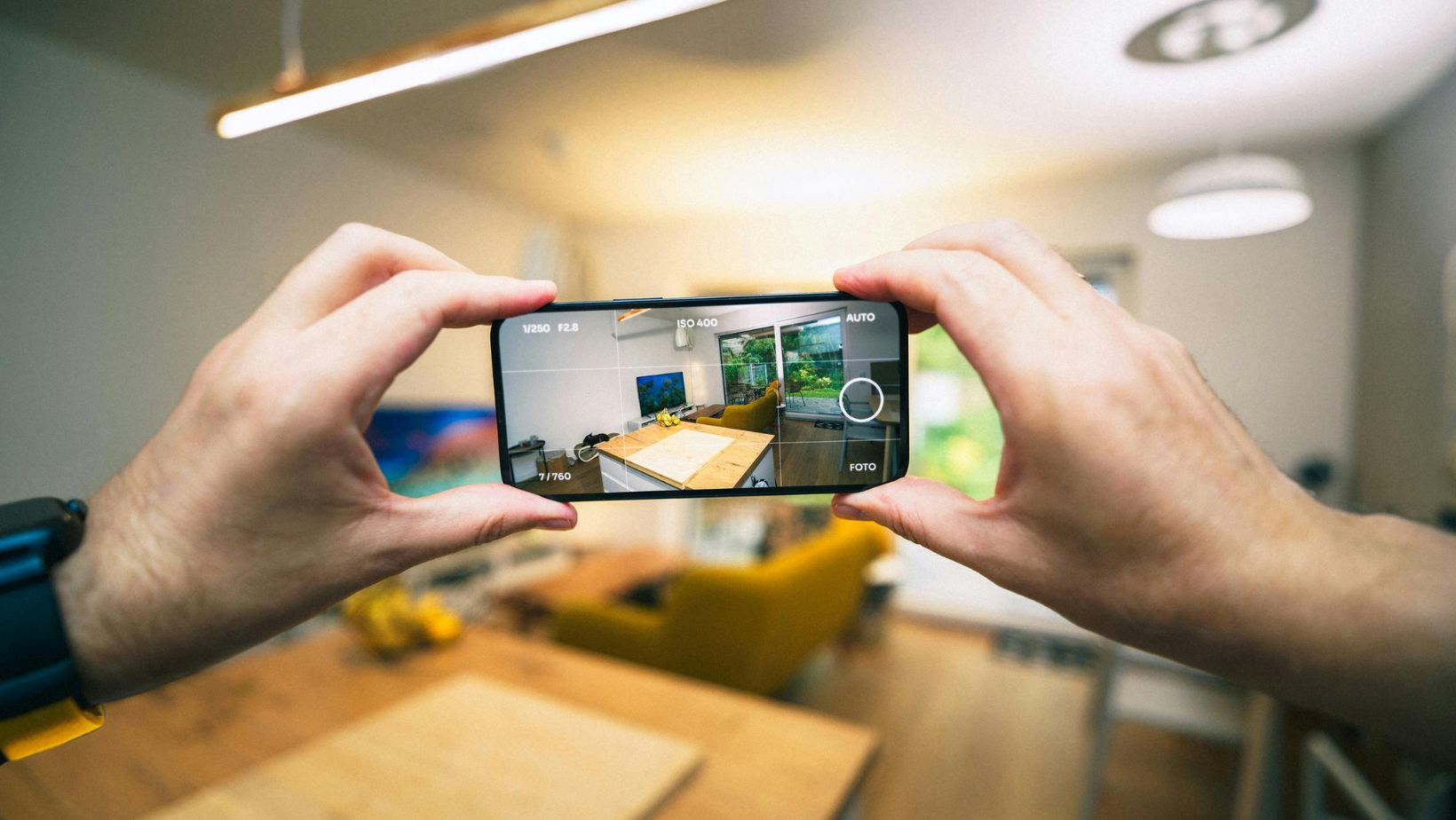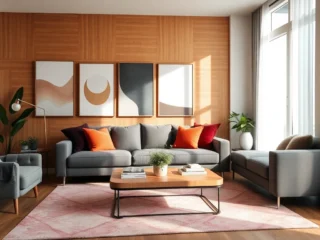
Virtual tours are digital, interactive experiences that let homebuyers explore properties online. Using 3D technology and panoramic imaging, these tools provide a detailed view of every room, layout, and feature.
They go beyond photos by offering an immersive walkthrough from anywhere.
Both virtual tours and immersive design are reshaping how buyers discover and evaluate homes in today’s market.
Enhancing Home Purchasing with 3D Walkthroughs
By utilizing modern 3D tour solutions (with the assistance of a Gen4 Camera for 360-degree virtual tours), buyers can explore properties in remarkable detail without having to step foot inside.
These tools let viewers inspect every corner of a home, providing clarity that static photos lack.
It’s like walking through the property yourself but from your living room.
Buyers can better understand layouts, features, and dimensions before committing to an in-person visit.
Offering Accessibility for Remote Homebuyers
Following on from the last section, virtual tours and immersive design tools are transforming accessibility for remote buyers.
These innovations eliminate the need for expensive, time-consuming travel to view properties in person. Buyers from different cities or even countries can now explore potential homes with realistic detail and accuracy.
Interactive features like zoom-in options or measurement tools allow prospective buyers to inspect finishes, dimensions, and layouts independently. This level of access bridges the gap between distance and decision-making.
Also, real estate agents benefit by being able to expand their reach beyond local markets, accommodating international clients efficiently.
Virtual accessibility removes barriers that previously limited participation in real estate markets, creating opportunities for broader buyer pools while streamlining processes at every step.
Saving Time and Costs – for Both Purchasers and Sellers
Virtual tours reduce the need for unnecessary showings, saving valuable time and money for everyone involved.
Buyers can explore multiple properties online to narrow down their options before scheduling in-person visits and spending money on traveling. This streamlined approach eliminates wasted effort on unsuitable homes.

For sellers, these tools attract more qualified leads by showcasing properties to interested buyers who are already well-informed. It also minimizes staging costs and reduces preparation efforts needed for frequent open houses.
Agents benefit too. Handling inquiries becomes more efficient when prospects have clear expectations from virtual previews.
By reducing travel expenses, coordination time, and physical staging requirements, virtual tours deliver significant savings without compromising the buying or selling experience.
Streamlining Decision-Making Through Immersive Insights
With virtual tours, buyers are provided with critical insights to make confident decisions faster.
Detailed 3D tours, interactive layouts, and visualizations allow them to evaluate a property thoroughly without multiple visits.
Features like virtual measurement tools let buyers verify dimensions for furniture or renovations. And enhanced visuals clarify property details that may be unclear in standard listings. This level of detail eliminates guesswork during the evaluation process.
Sellers benefit as well – by addressing buyer concerns proactively through these immersive technologies. Buyers come prepared with realistic expectations, reducing back-and-forth questions and negotiations.
The result is smoother transactions, fewer delays, and higher satisfaction on both sides of the deal-making process.
Incorporating Augmented Reality to Visualize Renovations
Augmented reality (AR) tools differ from virtual tour technology but they complement it effectively. Virtual tours let buyers explore a property as it exists, while AR enhances that experience by allowing them to visualize potential changes or renovations.
AR can overlay design options – like new paint colors, furniture placements, or layout adjustments – directly onto a space. This interactive approach helps buyers see how they can personalize and transform a home before making decisions.
By combining AR with virtual tours, real estate agents can offer an immersive experience where buyers evaluate both the present and future possibilities of a property.
Sellers also gain an edge by showcasing flexibility and potential, attracting more engaged and imaginative buyers.
The Bottom Line
Virtual tours and immersive design are reshaping the real estate experience. From exploring properties remotely to visualizing renovations, these tools are making home buying more efficient, accessible, and engaging.
These innovations empower buyers with detailed insights – while saving time and costs for sellers.

By combining technology like AR with 3D walkthroughs, the industry continues to evolve toward convenience and creativity.
These innovations are not just trends – they’re becoming essential for connecting people with their dream homes in a smarter way.



